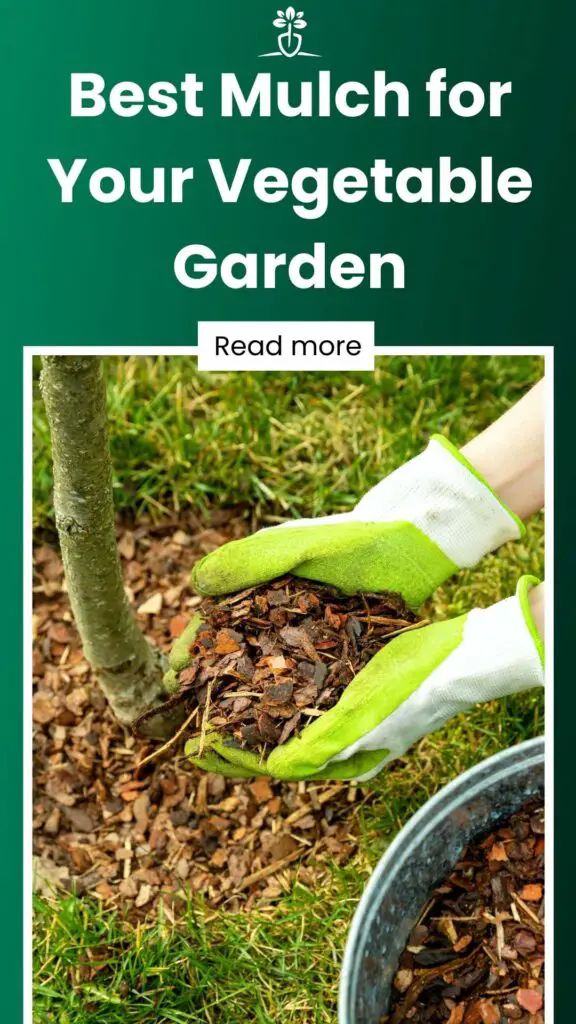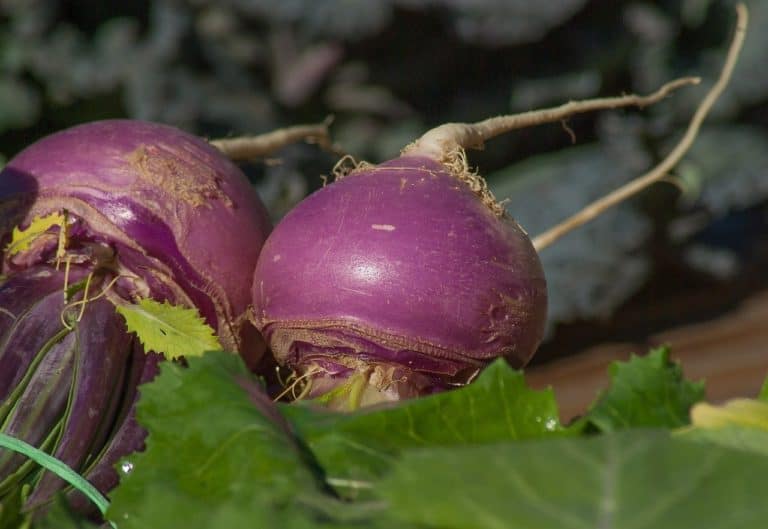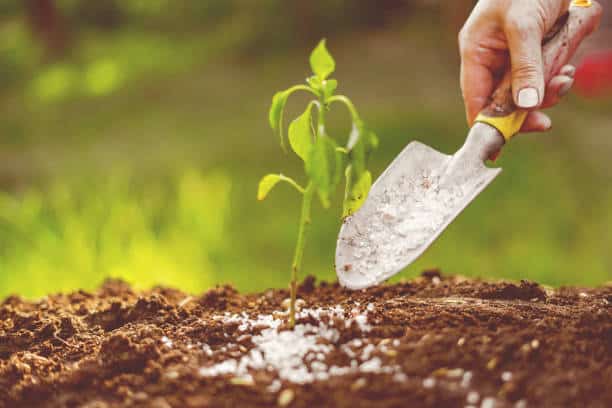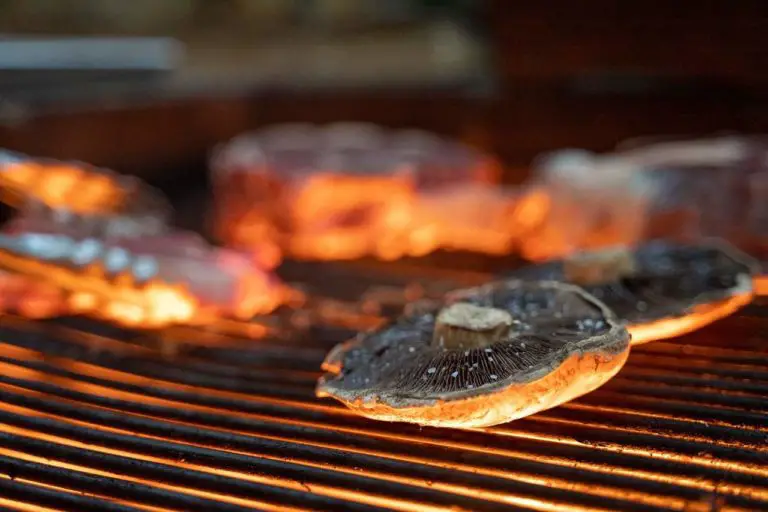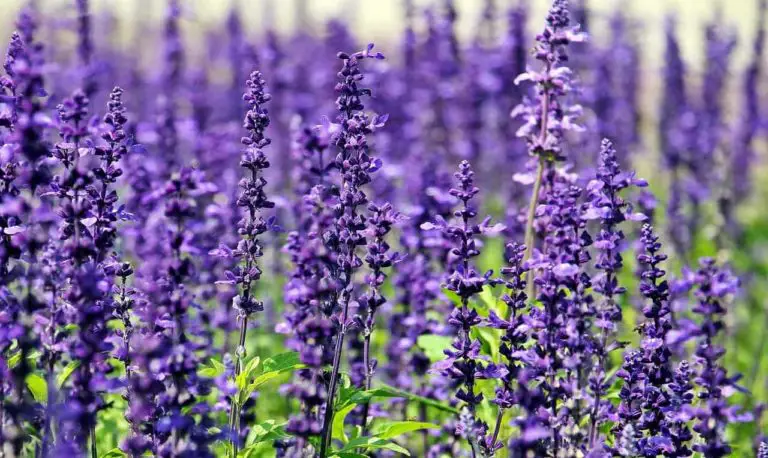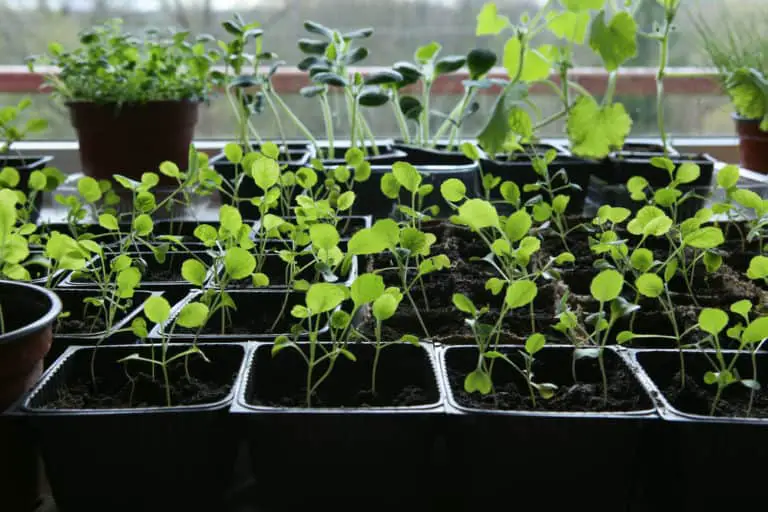Best Mulch for Your Vegetable Garden
A garden that really flourishes needs the perfect mulch. It stops pesky weeds, gives plants a hearty meal, and makes sure everything stays vibrant and lively. Plus, it spruces up how your garden looks. The best mulch for veggies depends on the goals you have for your garden. Keep digging in to discover the secrets of choosing the right one!
As much as we can create mulch ourselves, you probably can’t do it at the scale you need, and its a massive pain. Luckily, there are a lot of manufacturers preparing them and packaging them. It may be hard to determine which one is the best since some may have some harmful additives, and others may not be as effective as advertised. Worry no more, for we have done that for you. We have rounded up the best mulches and added relevant information to help you get the most out of your farm.
Our Top Picks:
Contents
The Best Mulch for Vegetable Gardens
1. EZ-Straw Garden Mulch
Key Features
- It’s made from straw, which is held together by a trafficker, a biodegradable bonding agent.
- One bag weighs about 24 pounds and can be spread over 500 square feet.
If you’re looking for a garden mulch for your lawn and vegetable garden, EZ-Straw would be great for you. It is safe to use even around kids and pets.
Why we like it
- The straw used in this product decays at a faster rate, making nutrients available to the soil.
- The bonding agent holds the soil together, preventing soil erosion.
- It’s made of biodegradable materials, minimizing pollution of the soils and underground water.
- It was initially designed for use when planting grass, but it works great for vegetables too.
- It’s pet-friendly and kid-friendly.
- One bag spreads for a large piece of land, giving you value for your money.
- The manufacturer has also removed most of the weeds seeds.
What we don’t like
- Straw has a lot of weeds, so from time to time, a few seeds may sneak into the bag during the packaging process.
- Straw also has a pale color, which is not the best for decorative purposes.
Our Verdict
We recommend this straw mulch to people seeking to improve their lawns. It has some nutrients, and it keeps your garden healthy throughout the year. Also, since it’s safe for children and pets, you can use it on vegetable crops such as lettuce. Just watch out for any sprouting weeds and eradicate them as soon as possible.
2. Natural Cedar Shavings Garden Mulch
Key Features
- It consists of cedar tree shavings.
- It features a strong repellent scent.
- It can also be used as beddings for dogs and rabbits.
Cedar is not only a good mulching agent; it also has a strong scent that repels insects and bugs. It also adds nutrients, decorates your garden, and lasts for long without getting washed off.
Why we like it
- It holds the soil together, preventing soil erosion.
- It also lasts very long regardless of extreme weather conditions.
- It doesn’t have any synthetic additives that could leach into the soil.
- Unlike the Coconut shells, it is safe for pets.
- It nourishes your soil while preventing the growth of weeds.
What we don’t like
- It takes too long without rotting. You may have to remove the shavings manually to add a new layer.
- It also comes in very fine particles that may compact and prevent the aeration of the soils.
Our Verdict
This would make a great mulching agent for people with insect problems on their farms. It also ensures that your soils have enough warmth and moisture during winter and summer, respectively. It’s also multipurpose since you can also use it as beddings, or as a smoking fuel when harvesting honey.
3. Windows Garden Fiber and Coconut Husks Mulch
Key Features
- It features a cinnamon color that decorates your plants.
- It comes with a hydration bag. You have to mix it with water to gain 5 quarts of mulch that you can apply on your farm.
- The bag weighs less than 1 kg.
- It’s made of coconut husks and fiber.
This combination of coconut husks provides protection against weeds, nourishes your crops, and it’s very easy to apply.
Why we like it
- The cinnamon color makes it a gorgeous soil topping.
- It retains a lot of moisture and prevents excess evaporation during the day.
- It doesn’t develop molds, even after exposure to humidity.
- It’s very light, even when soaked in water, and it’s easy to spread.
- Coconut husks have a nutritional value that nourishes your plants in the process.
What we don’t like
- It’s too expensive; it’s not economical for a large farm.
Our Verdict
It works great for potted plants or small farms. Since it’s good at preventing evaporation, it is also the best for succulent plants such as cactus and euphorbia.
4. Plow & Heartha Perma Permanent Mulch Border
Key Features
- It’s made of recycled rubber tires.
- Size – 120 inches by 4.50 inches.
- It’s one piece of rubber that you cut to fit in your farm.
- The rubber is about 1-inch thick.
- It comes in dark-brown color.
This is an excellent decorative mulch for landscaping and homeowners. You can combine with wood chips or other organic types, or just use it for its aesthetics since it lacks nutritional value.
Why we like it
- The brown color mimics that of wood chips, making your garden stand out.
- It prevents the growth of weeds.
- It’s porous to allow water infiltration and aeration of the soil.
- It’s easy to install. You just roll it and tuck it after some feet to prevent it from being blown away by wind or by blowers.
What we don’t like
- It’s a cut-and-fit which leads to wastage as you fit in obstacles such as trees, or take it through round corners.
Our Verdict
It’s great for maintaining a clean, beautiful lawn. We would recommend it to people who are not looking for nutrients, but if you’d like both, you can combine it with organic mulches and kill two birds with one stone.
5. National Cocoa Shell BLCH001
Key Features
- It comes in a two cubic feet/5 Gallons bag.
- It’s made Cocoa bean shells.
- It has a distinct brown color.
- One bag can be applied to a 24-square feet area.
If you enjoy chocolate dessert, we believe you’ll like this one. It’s made from cocoa bean shells, and it comes with a brown color that’s suited for all types of lawns. It has no synthetic additives, and it helps your soil retain moisture for a long time.
Why we like it
- The brown color adds to the aesthetics of your farm.
- It helps retain soil moisture without getting logged.
- It also has a refreshing chocolate smell.
- One bag covers 24 square feet, making it a cost-effective option.
- It’s not easily washed away even during a storm.
What we don’t like
- Cocoa may be poisonous to pets, especially dogs and cats.
- It also promotes the growth of fungus such as molds in the soil, and in humid storage areas. This may inhibit the growth of other crops.
Our Verdict
If you’re seeking to nourish your garden, while beautifying at an affordable price, this bag of cocoa shells is a good choice.
Best Garden Mulch Buyers Guide
Garden Mulches are an effective and economical way of keeping your garden healthy, free of weeds and clean. Regardless of the size of your farm, or where you live, they can help improve the output of your crops. Some types last longer than others, depending on how long they take to decay. But before we discuss the different types of mulch, let’s briefly review their benefits.
Benefits
- They help plants withstand extreme weather conditions – Mulch retains heat from solar radiation and “release” it at a slower rate. When it’s too hot, they keep the soils cool. And when it’s too cold, like during winter, they keep the soils warm. This protects your plants from withering due to high temperatures, or due to freezing of the soil.
- Water retention – They prevent too much infiltration and runoff of water. This ensures that water is available for the plants most of the time. It also saves you from watering your crop-s too frequently.
- They prevent the growth of weeds – They prevent the growth of weeds that would choke your plants when competing for nutrients. If some weeds manage to grow, it’s easy to remove them since they will be fewer. However, farmers can add newspapers or weed barriers under the mulch to keep them from growing. This is more effective since some organic manure may contain weed seeds.
- They maintain a clean garden – When heavy rains hit the ground, they splash soil particles on the plant’s leaves. Some plants like Tomatoes, Lettuce, and Spinach, could develop some disease as a result of this. Mulches help reduce the impact of the raindrops, leading to a cleaner, healthier garden.
- Nutrients value – Organic varieties such as straw, bark, and compost decay over time, adding organic matter to the soil, also known as humus. Organic matter has some nutrients such as Nitrogen, Phosphorous, and Potassium, and many other nutrients. Nitrogen is known for the growth of foliage, Phosphorus leads to root growth, and Potassium makes the plant’s disease resistant. These nutrients may be available in small amounts, but they are available in the soil for a very long time. Organic matter also provides food for the soil’s micro-organisms, which also help in improving the soil’s structure.
Types
There are two types, organic and inorganic. Organic are those made from natural materials such as plants and animal waste. They have nutritional value. There are also the inorganic brands that decompose at a faster rate. They have some benefits too, but they don’t add nutrients to the soil.
Organic Mulch
- Wood chips and shredded bark – This type is made from trees such as cedar and pine. It’s very affordable and lasts for long on the soil. It’s not easily washed away by water, making it suitable for use on slopes. Another tree that’s commonly used is the Cypress tree.
- Straw – This type is made from the waste products of hay. It takes a shorter time to decompose, and it works great for strawberry crops, and other types of vegetables. It’s also one of the best in preventing mud splashing on leaves and fruits. You should also check it for weeds.
- Cocoa shells – Besides adding some useful nutrients, this type is also great for decorative purposes.
- Compost – You can make compost from decaying plants, grass, food scraps or from animal waste. This has the highest nutritional value, and it’s the best for improving your soil’s structure.
Inorganic Mulch
- Black plastic – This type is effective in retaining water and preventing the growth of weeds. It also keeps the soils warm when it’s too cold. When combined with some shredded bark, it works great for vegetable gardens. However, it retains too much water and could lead to waterlogging if your soils have poor drainage.
- Fabric – This is fastened to the ground with pins to prevent it from being carried away by the wind. It prevents the growth of weeds and also facilitates aeration and water infiltration. It can be used together with organic mulch to achieve better results.
Frequently Asked Questions (FAQs)
Which is the best Mulch to Use?
Bark is the best all-purpose mulch. It lasts long, has nutritional value, and prevents the growth of weeds.
Should I remove Old Mulch?
You can always add a new layer on top of the old. However, you need to check for diseases. If there are any, remove it and replace it with a new one. Also, the layer should be at least 3 inches. So, if you have more than that, you can scrap some of the old, and add a new layer.
How often Should you Remulch?
Mulches can last for up to 6 years. However, if the materials start decaying and losing their color, you should remove them. In the case of soil erosion, you should consider adding fresh mulch.
Final Thoughts
The National Cocoa Shell BLCH001 is the best for both nutritional value and decoration. It’s made of Cocoa beans shells, which add some valuable nutrients to your soil as they decay. It also helps retain moisture for a long time while preventing over-saturation. One distinctive feature is the brown color and chocolate smell that makes your trip to the farm worth looking forward to.
The brown color stands out, giving your farm a unique shade. One bag of this item can cover 24 square feet. Considering its price, it’s affordable to spread it on a larger farm. Cocoa may be poisonous to your pets, so make sure you keep them away from it. On the bright side, this chocolate smell does deter stray cats and dogs.
